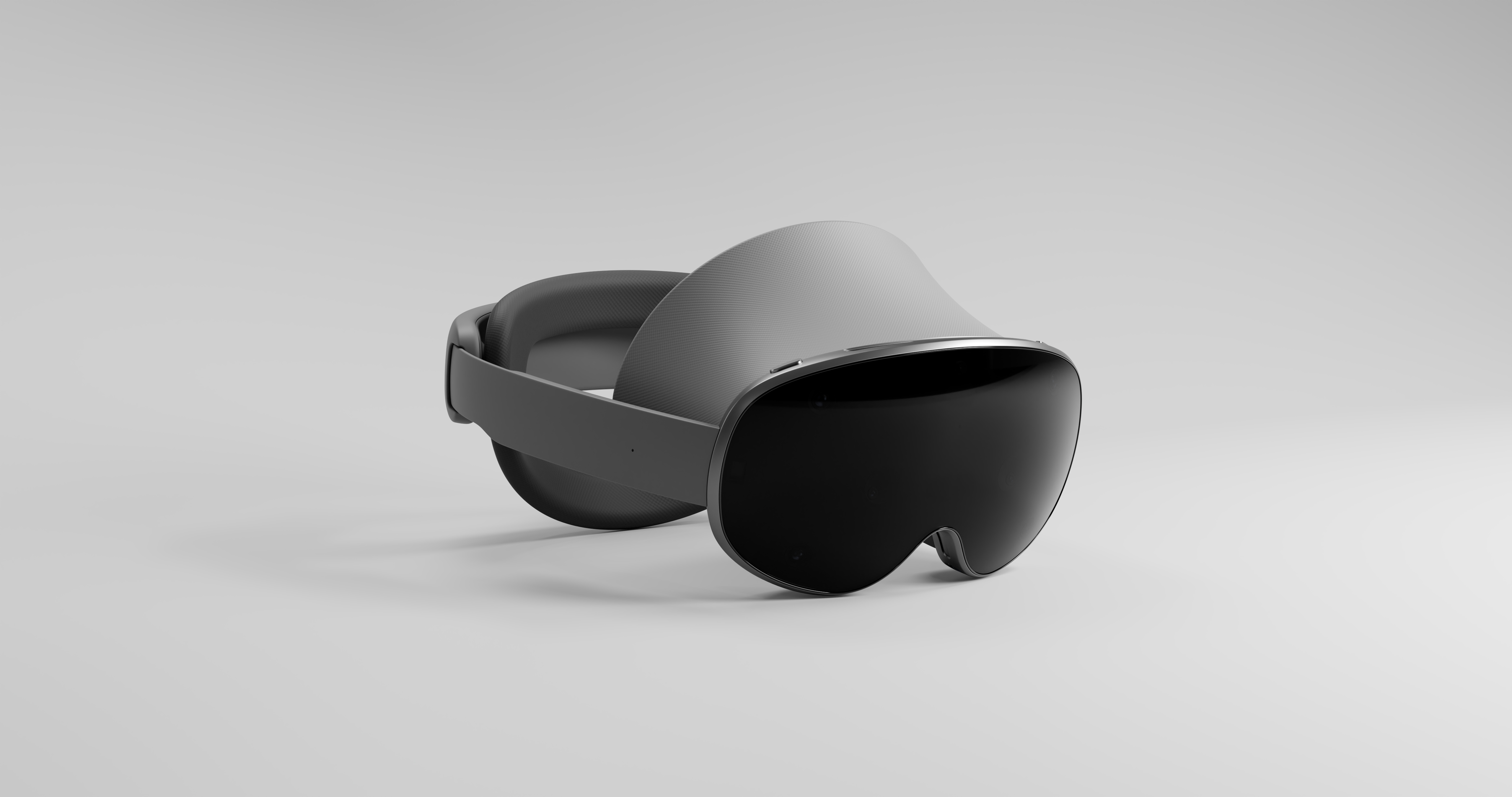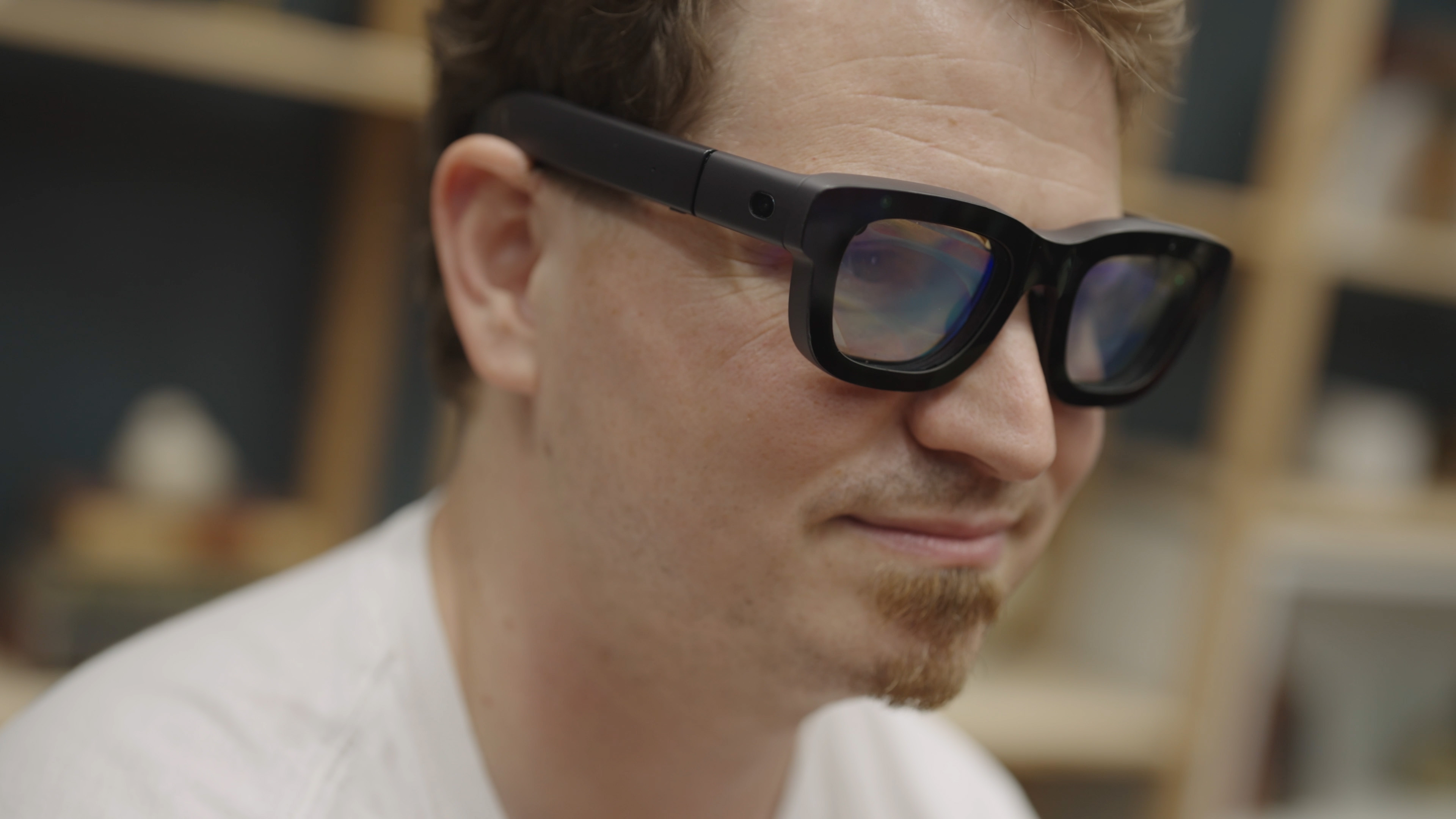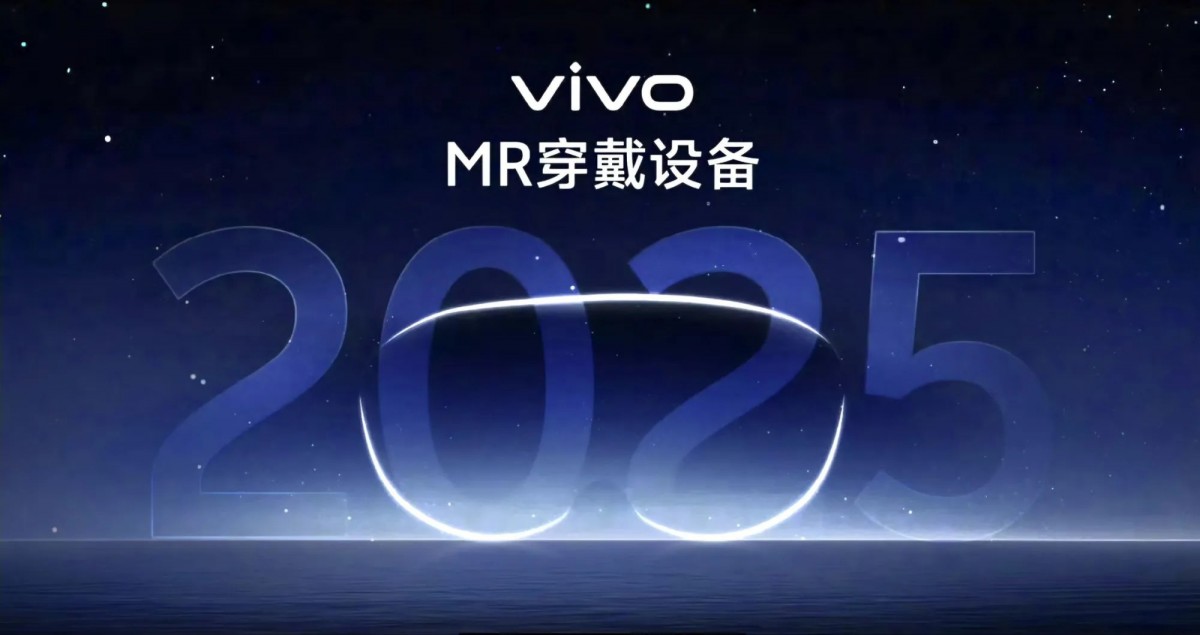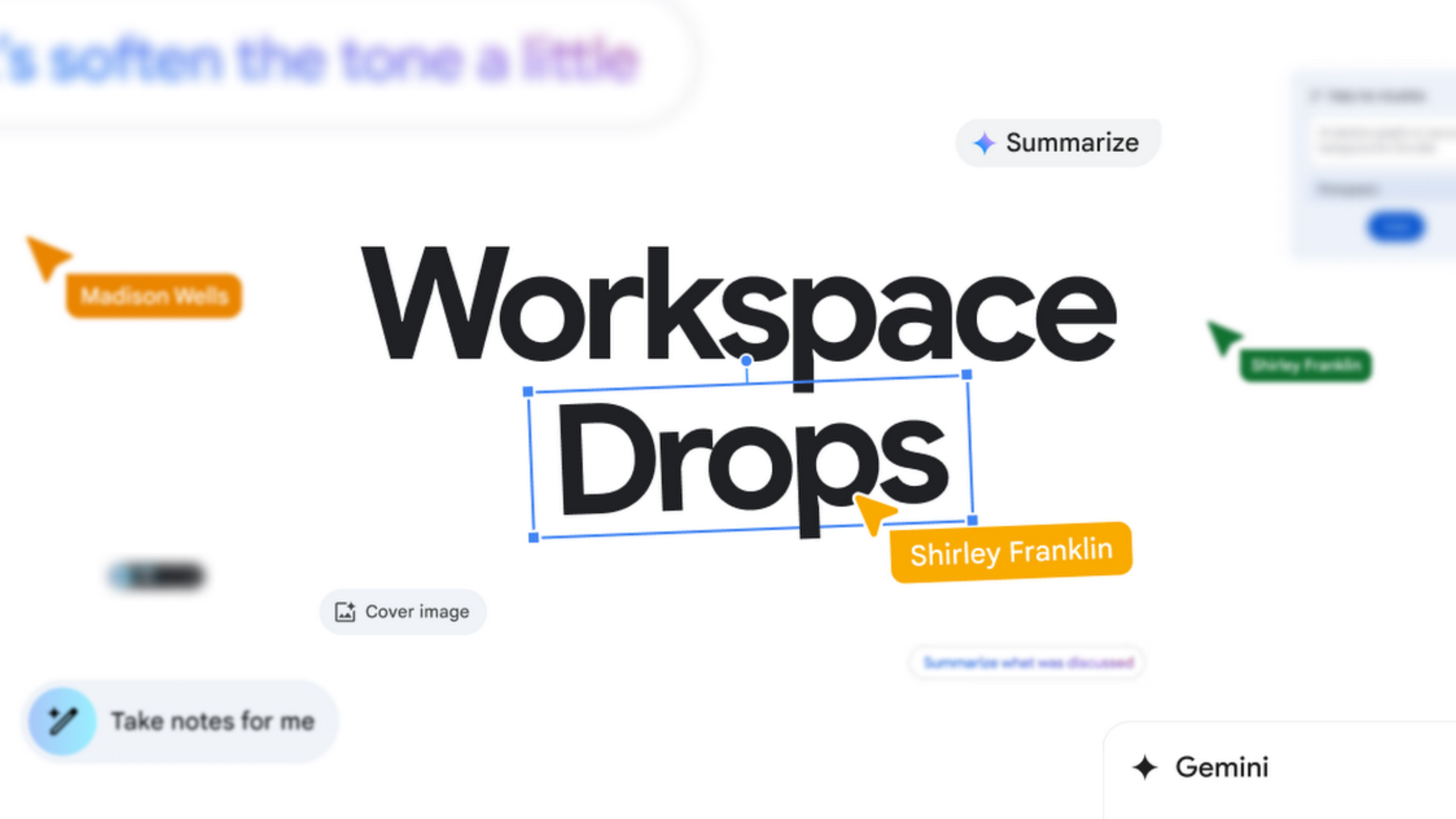Android XR and mixed-reality prototypes remind us not to get excited too early
The truth is, all these products aren't real until you can buy them.

For the first time, it feels like mixed-reality experiences are truly the future. We're more than a decade past the failed Google Glass experiment that was ridiculed in the early 2010s. Now, Meta and others have helped make the public opinion around wearable technology more positive.
The Meta Quest 2 sold over 20 million units, and the brand's latest Quest 3 headset is on track to sell even better. That's without considering the Meta Ray-Bans, which aren't an XR product now but certainly could become one in the future. In fact, Meta's own Orion prototype showcases exactly how the Quest and Meta Ray-Ban product lines could be merged in the future to create a seamless wearable experience.
Starting with the Meta Orion reveal and press tour in the fall of 2024, we saw a flurry of mixed or extended-reality prototypes, plans, and the like. There was the Android XR announcement, the cryptic teasing of Samsung's Project Moohan headset, and the news that Vivo will have a prototype Apple Vision Pro competitor by the end of 2025. That doesn't account for all the startups and smaller brands that have teased XR or MR products or experiences, either.
However, these recent announcements serve as a good reminder not to fall for teasers and hype. Until a product actually hits the shelves and has a sticker price, it's not real. As flawed as they may be, it's better to focus on the mixed-reality products that actually exist today — like the Meta Quest lineup and Apple Vision Pro — than get caught up in what might be.

Vivo's recent announcement was perhaps the most egregious. At an event on Dec. 31, 2024, it shared a cryptic image and said it was working on a mixed-reality headset that will be revealed in 2025. Specifically, the company said it will offer “high-fidelity prototype experiences" with its headset in select Chinese cities by the end of 2025. That sure sounds like Vivo is in the early stages of development — so early that it isn't even close to committing a release date or price.
Despite not revealing any details about the mixed-reality headset — we don't even know what the Vivo wearable will look like, outside of a bland and generic silhouette — Vivo is making bold claims about its capabilities. The company wants to make a headset that will beat Apple Vision Pro, which is a tall order. Although the Vision Pro may have been a commercial failure, it was a hardware success, and Apple did manage to mass-produce it.
That's something worth emphasizing because no company has been able to mass-produce a mixed-reality wearable that matches Vision Pro's capabilities. You could argue that the Meta Orion glasses would have been on the same level as Vision Pro, but it is well known that they're firmly a prototype because they would be too expensive to mass produce. Who knows, maybe Samsung's Project Moohan or Vivo's unnamed headset will be the first to challenge Vision Pro at its price point and production level.
Be an expert in 5 minutes
Get the latest news from Android Central, your trusted companion in the world of Android
That's the problem: we don't know. And the companies touting all of these prototypes and plans? They don't really know it either.

At a time when nearly every major company is exploring a mixed-reality strategy, it's a good idea to take a pause before falling for the hype. It's easy to get excited about a headset from Apple, Vivo, Meta, Samsung, or any other brand. If you recall, Apple Vision Pro went through the same exact process.
There were rumors and leaks for years, and then Apple finally revealed the headset and its whopping $3,499 price point. To say that it wasn't what consumers expected would be an understatement. Apple Vision Pro is expensive, heavy, and has a tethered battery pack. Even after its reveal, the release date was a mystery for many months.
There's a lesson to be learned here: a product is only real when you can walk into a store and buy it. Until there's a price, release date, and spec sheet, it's barely worth paying attention to a prototype product that might never see the light of day. Even then, it probably won't be what was initially expected. If you've been a fan of tech long enough, you probably remember your fair share of products highly touted that were canceled or didn't meet expectations.

Virtual, mixed, and extended-reality experiences are here to stay. Android XR is a Google and Samsung-made operating system aimed to breathe life into the next generation of XR products. We're only going to see more prototypes, plans, and teasers in 2025 — not less.
Before you get too excited about any of these possible products, take a pause and remember all the things that haven't come to fruition. Don't avoid buying the products that are in the here and now for those that might be. If you want a Meta Quest headset, buy one. If you want an Apple Vision Pro — and you can live with early adopter growing pains — buy it.
There's no point in waiting because there will always be something newer and better on the horizon. After all, time after time, we're shown that it's a lot harder to get a prototype to a point where it gets a release date and price than companies think.

Brady is a tech journalist for Android Central, with a focus on news, phones, tablets, audio, wearables, and software. He has spent the last three years reporting and commenting on all things related to consumer technology for various publications. Brady graduated from St. John's University with a bachelor's degree in journalism. His work has been published in XDA, Android Police, Tech Advisor, iMore, Screen Rant, and Android Headlines. When he isn't experimenting with the latest tech, you can find Brady running or watching Big East basketball.
You must confirm your public display name before commenting
Please logout and then login again, you will then be prompted to enter your display name.
